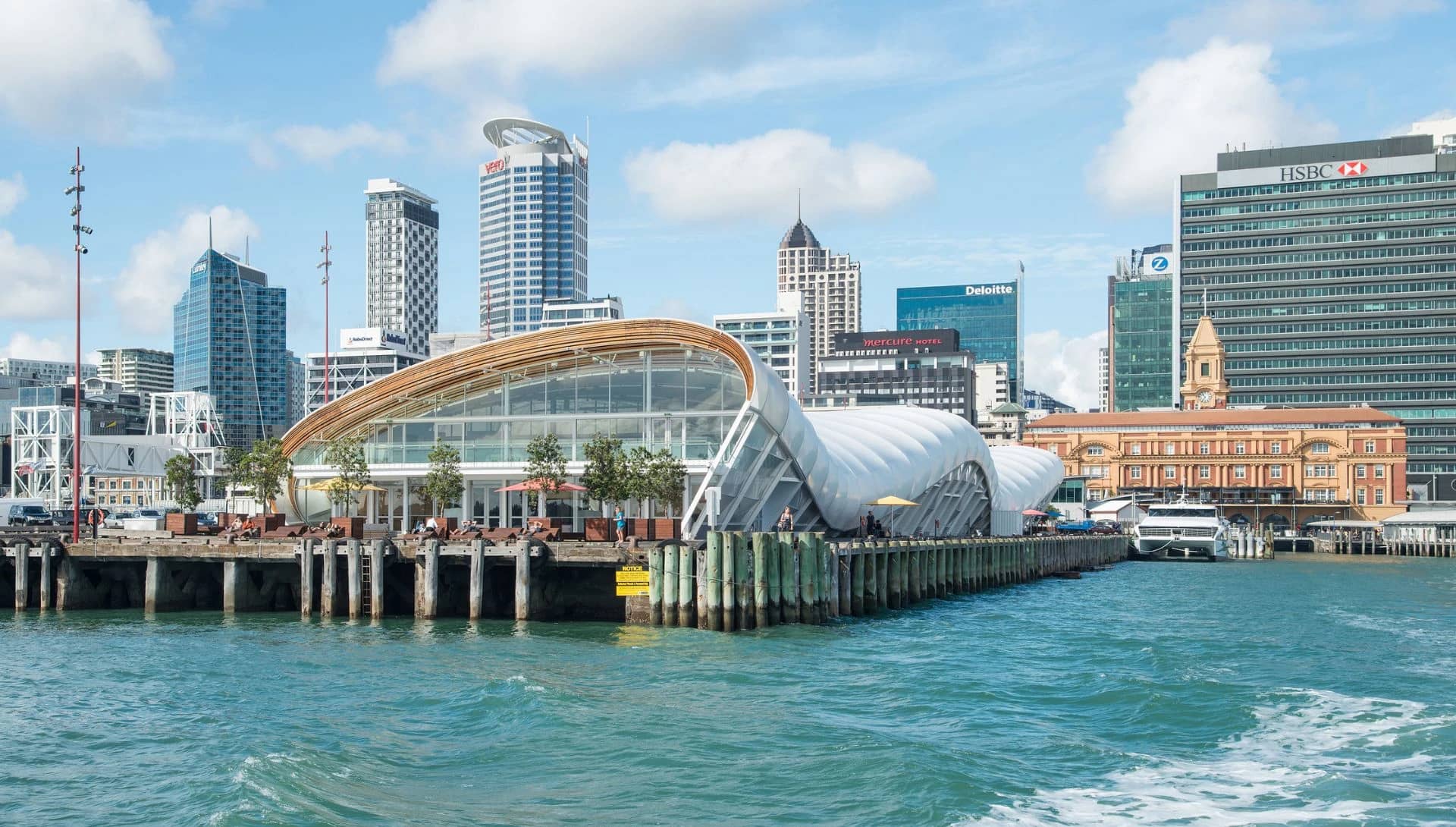Aotearoa has always been a country that punches above its weight, with some of our cities earning international recognition. But they’re not the only ones making waves. The concept of the ’15-minute city’ is gaining global momentum, as more countries aim to make their cities more walkable and liveable.
So, what exactly is a 15-minute city—and why is walkability so important in urban design? As Auckland’s top providers of civil construction services, we’re diving into the rise of the 15-minute city, comparing Auckland with some of the world’s most walkable cities, and mapping out a path forward for our very own City of Sails.
What is a 15-Minute City?
In short, the goal of a 15-minute city is to make every necessary amenity available within a 15-minute walk or bus ride. Right now, most of us, especially in urban areas, rely heavily on cars. But cities are actually ideal environments for reducing car usage. When everything you need is within walking distance, there’s often no real need to drive.
The 15-minute city model embraces this idea by shifting the focus away from roads and traffic, and instead prioritising well-designed public spaces and a mixed-use approach to urban development.
The roots of this concept trace back to the 1950s when author and urban planning critic Jane Jacobs highlighted the importance of walkable, accessible neighbourhoods in her influential book The Death and Life of Great American Cities. Since then, her ideas have inspired a range of interpretations from architects, urban planners, and forward-thinking city leaders who recognise the need for more accessible, human-centric urban spaces.
It wasn’t until the COVID-19 pandemic in 2020, however, that the 15-minute city concept truly gained global traction. Paris mayor Anne Hidalgo became a key figure in this movement, launching a plan to reshape Paris into a walkable city using the 15-minute model. Since then, cities around the world have begun adopting and adapting the approach to suit their own urban landscapes.
To give you a sense of true 15-minute walkable cities, let’s explore some of the most and least walkable cities in the world based on their civil infrastructure.

Three most walkable cities in the world:
- Paris, France – The main driver behind the modern 15-minute city concept, Paris has restructured its streets to prioritise pedestrians and cyclists over cars.
- Melbourne, Australia – A leader in urban planning, Melbourne’s mixed-use developments and extensive bike lanes make it highly walkable.
- Copenhagen, Denmark – With a strong cycling culture, Copenhagen has set the benchmark for reducing car dependency in city life.
Three least walkable cities in the world:
- Los Angeles, USA – Designed around cars, LA’s vast distances and lack of pedestrian infrastructure make it challenging to navigate on foot.
- Dubai, UAE – While modern and innovative, Dubai’s sprawling layout and extreme climate conditions make it difficult for pedestrians.
- Johannesburg, South Africa – This city lacks adequate pedestrian pathways, making car travel the primary mode of transport.
The Benefits of Walkable City Layouts
Better for the environment
Making a city more walkable is one of the most fundamental ways to address elevated emissions because it removes the necessity of a vehicle from people’s lives. A 15-minute city encourages more citizens to hit the pavement instead of the pedal, helping to combat climate change and massively improve air quality.
Economically enriching
If you’re spending more time walking through your city, you’re much more likely to frequent your local businesses instead of shopping online. A walkable city gives hard-working small business owners a boost, enriching economies through their most vital driving force.
Encourages better health outcomes
Encouraging walking and cycling as primary transport methods improves public health. Fewer cars on the road also mean fewer accidents and lower stress levels due to reduced congestion (no more early morning road rage!).
Strengthens local communities
Finally, when citizens are encouraged to be out in the open air with one another, they’re much more likely to make lasting connections. Communities can be disparate in deep urban centres, but encouraging interactions through the 15-minute city model helps to foster a sense of belonging, a connection to whenua, and a safer way to live overall.
As you can see, there’s real potential for Auckland to keep punching above its weight on the international stage, specifically in terms of accessibility. Currently, Auckland is ranked in the 400s of the world’s most active and walkable cities, and while our City of Sails has made strides in becoming more walkable, there’s still a long way to go. With ongoing projects like cycleway expansions, pedestrian-friendly precincts, and investment in public transport, the city is moving in the right direction.
To truly achieve a 15-minute city with as much walkability as possible, Auckland must continue to expand mixed-use development models that integrate our different spaces, invest in pedestrian-friendly layouts, and enhance the public transportation grid to reduce car dependency. With these steps laying the groundwork, Auckland’s denizens will find it so much easier to take their city one step at a time rather than experience it from behind a windshield.
Let’s Lay the Groundwork for a More Walkable, Accessible Auckland
At Traffic Systems Limited, we’re proud to provide the civil construction services that local Auckland authorities rely on. Our expert team of civil construction specialists can handle everything from smart infrastructure installations to road laying and civil maintenance. In the pursuit of a more walkable Auckland, there is no better partner. Get in touch with us today to explore the possibilities around transforming Auckland into a more accessible city, one step at a time.


